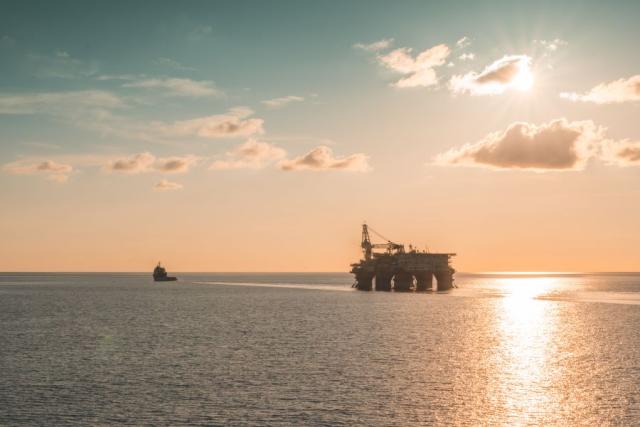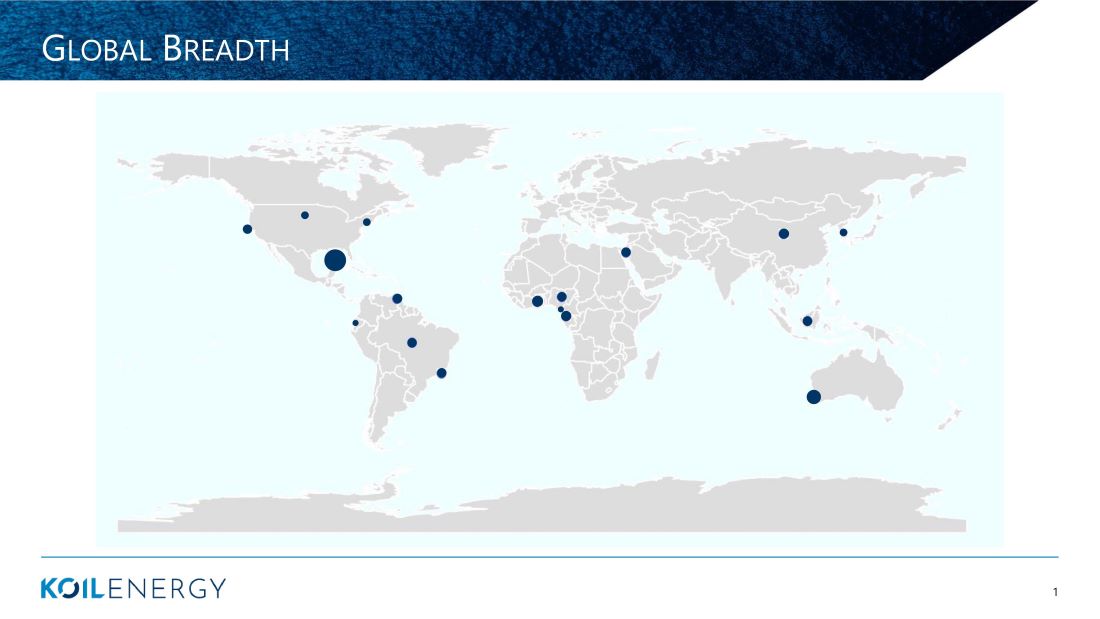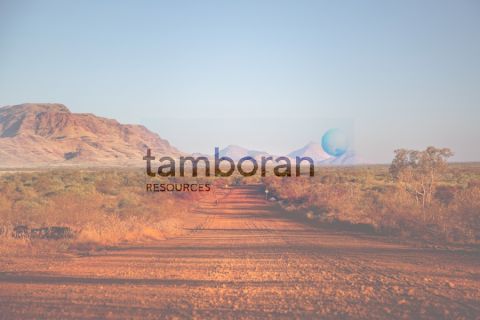
(Source: Shutterstock.com)
A SURF contractor has awarded Koil Energy a multimillion dollar contract to supply over 70 multi quick connector (MQC) plates for the Beacon Offshore Energy-operated Shenandoah project.
“This contractor is a company we've worked with since the early days of the company, but on the services side,” Koil president and CEO Charles Njuguna told Hart Energy. “We’ve provided installation services and equipment for them, but we've never provided this kind of critical equipment to them.”
The Shenandoah development is in about 6,000 ft of water depth in Walker Ridge Blocks 51, 52 and 53 in the Gulf of Mexico.
“The technology we're using, the steps we're making, are going to be critical for the next stages of oil and gas, but beyond oil and gas, the next stages of just energy as a whole.” – Charles Njuguna, Koil Energy
Subsea infrastructure dotting the seafloor all play a role in moving hydrocarbons from the reservoir to topsides production equipment. MQC plates sandwich between subsea trees to mechanically lock the equipment together and enable the transfer of fluids and chemicals between those pieces of equipment.
“In the Gulf right now, many fields are up to 10,000 PSI or 15,000 PSI at the most,” Njuguna said. “Shenandoah is officially a 17,500 PSI field. But what makes the equipment we're building unique is that it’s rated for 20,000 PSI… A lot of companies build MQC plates, but not many companies have 20,000 PSI rated MQC plates.”
Koil’s offshore experience
Koil Energy started in 1997 as Deep Down Inc., a company focused solely on providing offshore services, before expanding to provide various types of subsea equipment and services. Since rebranding in 2022, it has transformed to a full service provider for new developments, working on high pressure, high temperature fields like Beacon’s Shenandoah project and other deepwater developments.
“We are known in the industry as creative problem solvers,” Njuguna said. “As we've rebranded, we are shifting into a place where we will not only continue to be problem solvers, but we will also increase our ability to provide a wide range of equipment for full field developments like [Shenandoah]. We’re evolving from just a component provider to a full systems provider.”
Koil has a plethora of experience on deepsea developments, working on Shell’s Appomattox field and Whale development. It has a long track record of manufacturing diverse equipment such as flying leads, riser isolation valve control systems and a wide range of subsea distribution systems.
Koil has also manufactured MQC plates for full field developments in West Africa and Asia and has sent equipment across the world to places like Trinidad, Brazil, Australia, the North Sea, Singapore and South Korea, in addition to extensive experience in the Gulf of Mexico.

Because of the company’s size, Njuguna said, Koil is able to be “nimble” and work with clients as they design a project.
“It's like building a subdivision. Early on there's a plan, but as you lay out the road, you realize the road will be 650 feet, instead of the 500 feet you initially thought,” Njuguna said.
“When we build equipment, we think about installability. We think about how it's going to interface with equipment built by other manufacturers,” he continued. “Some of the equipment that other people are building is equipment we've built before, so we understand what those people need as we build our equipment.”
Koil has been working on the Shenandoah project since mid-2022 and is now in the heavy engineering stage and working through third-party qualifications.
“We are also working with a coupler manufacturer to make sure they have couplers that will withstand the design working pressure and flowrate requirements,” Njuguna said.
MQC advancements
Koil was only able to take these steps with their technology due to years of advancements with their MQC plates, he said.
To survive in an environment like the Shenandoah Field, the company engineered plates to be able to withstand the separation force of the field's high pressure, Njuguna said. The MQCs also have a specialized locking mechanism with a visual indicator for ROVs to be able to tell when the coupler has been locked into place. Should something go wrong, a secondary release for Koil’s MQCs allows it to safely disconnect from the other subsea architecture without damaging it.
Even with these advancements, Njuguna said Koil is still looking for new materials to make their equipment lighter and stronger in order to stay ahead of the competition.
“This award, this project coincides with the rebranding and relocation of the business, and it just shows the success of the advancements we're making as a company to position the company differently for the future,” Njuguna said. “The technology we're using, the steps we're making, are going to be critical for the next stages of oil and gas, but beyond oil and gas, the next stages of just energy as a whole.”
Recommended Reading
U.S. Shale-catters to IPO Australian Shale Explorer on NYSE
2024-05-04 - Tamboran Resources Corp. is majority owned by Permian wildcatter Bryan Sheffield and chaired by Haynesville and Eagle Ford discovery co-leader Dick Stoneburner.
Permian Surface-owner LandBridge to Raise up to $367MM in IPO
2024-06-17 - Houston-based LandBridge holds some 220,000 surface acres in the Delaware Basin.
Permian’s LandBridge Prices IPO Below Range at $17/Share, Raising $247MM
2024-06-30 - Houston-based LandBridge, which manages some 220,000 surface acres in the Permian Basin, kicked off trading at $19 per share, more than 10% above its listing price.
LandBridge Chair: In-basin Data Centers Coming for Permian NatGas
2024-06-28 - Newly public Delaware Basin surface-owner LandBridge Co. has a 100-year lease agreement with one developer that could result in ground-breaking in two years and 1 GW in demand.
Scott Sheffield Among Investors in Australian Shale Gas IPO
2024-06-27 - The operator who sold Pioneer Natural Resources Co. to Exxon Mobil in May for $59.5 billion joins his son Bryan Sheffield in shale gas investment Down Under.






